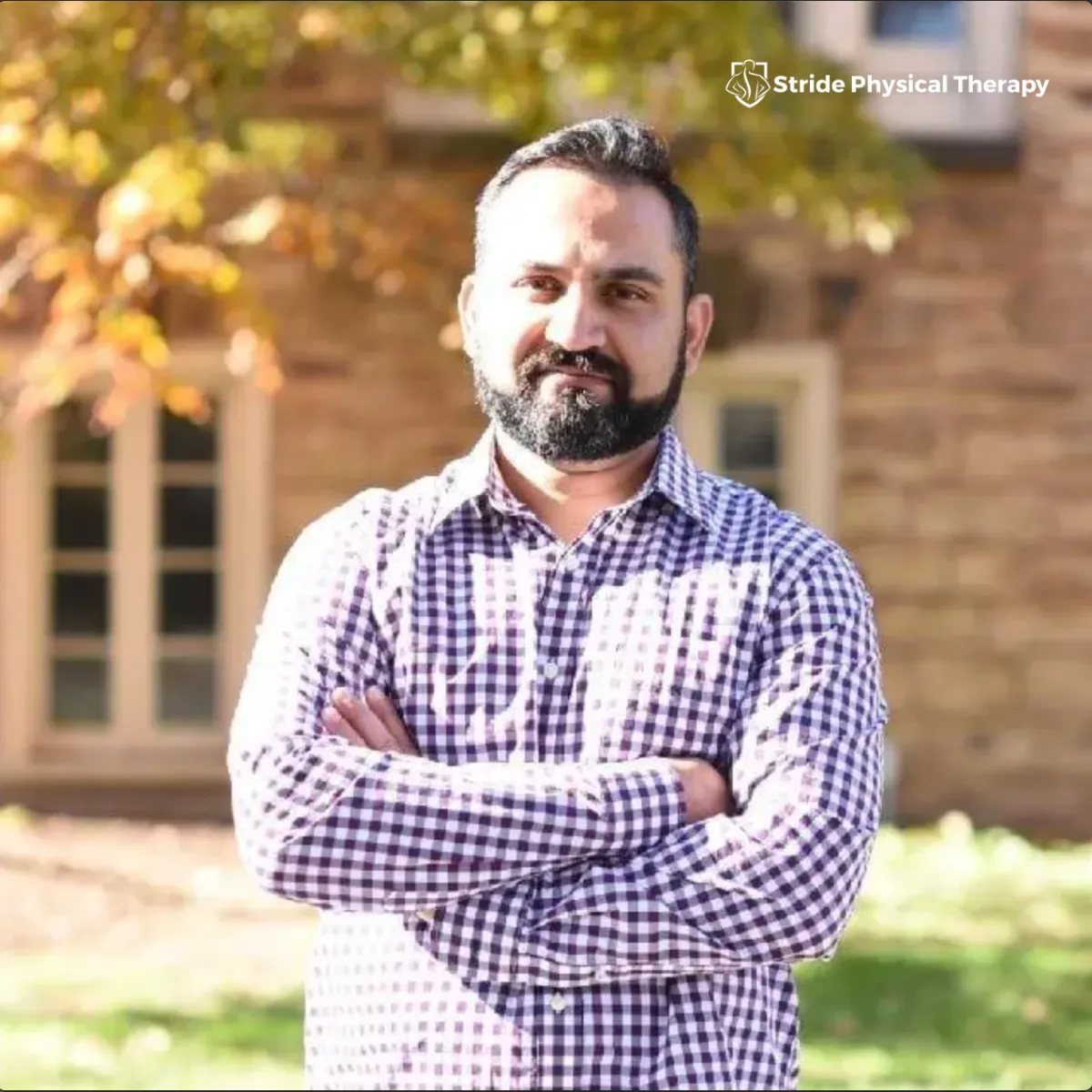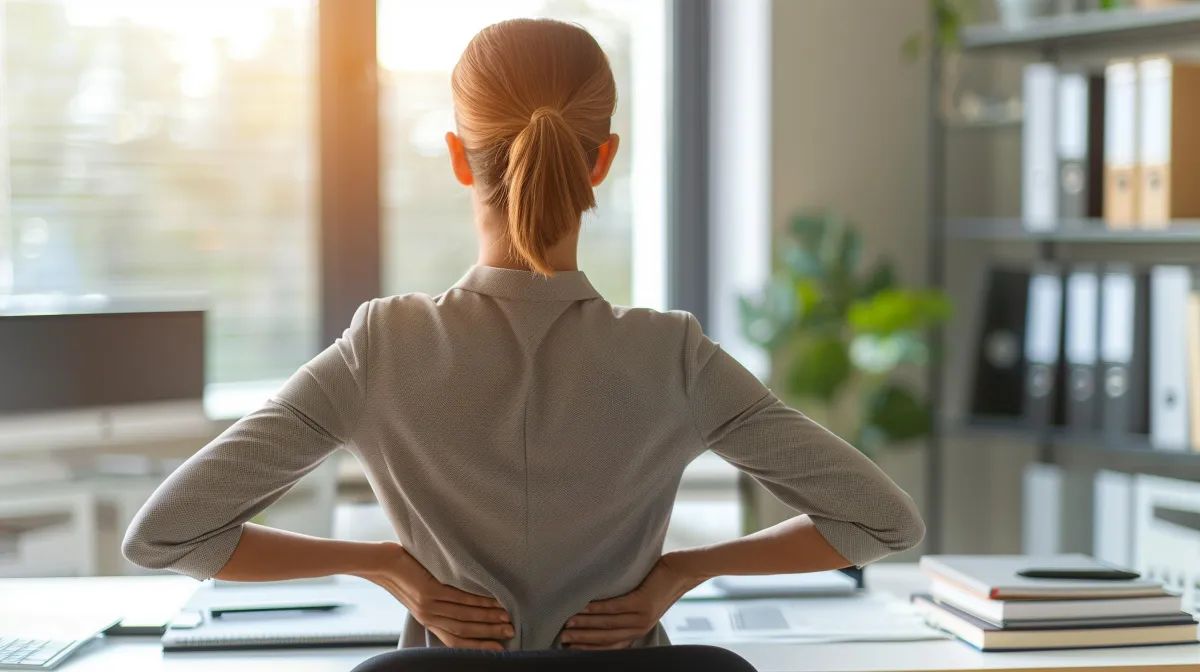The rotator cuff consists of four muscles that stabilize your shoulder joint and aid in lifting and rotating your arm.
A rotator cuff tear happens when the tendons—tough, connecting tissues from muscle to bone—around your upper shoulder bone come loose. This injury can cause pain and make it hard to move your arm, troubling routine tasks like brushing hair, grabbing things from a shelf, or lifting a bag.
Common Causes of Rotator Cuff Tears
Frequent overhead movements and certain jobs, like painting, increase the risk of rotator cuff injuries. These tears can develop from ongoing strain or sudden actions. For instance, if you switch to tennis after winter without adequate preparation, you might tear your rotator cuff. Overlifting, excessive arm use during activities like moving, or injuries from a fall or shoulder dislocation are also typical reasons for these tears.
Symptoms of a Rotator Cuff Tear
Experience a constant, dull shoulder pain that intensifies when you lay down.
Feel discomfort from the shoulder to the upper arm.
Notice a pop or crack when moving your arm.

Quick Links
FAQs
Experience shoulder pain during overhead lifts or throws, or even at rest.
Noticeable arm weakness.
Sensation of your shoulder being stuck.
Best Treatment for Rotator Cuff Tears
At Stride Physical Therapy, your shoulder specialist will inquire about your pain's history—its onset, whether it was injury-induced or slow-developing, and what eases or intensifies it.
Your visit will start with a physical exam where your Freehold, NJ shoulder specialist will check for pain points by pressing on your shoulder and moving your arm in different positions. They'll also measure how far and easily you can move your arm on your own. An X-ray might be done to see if there are other causes of pain like arthritis or bone issues, although it won't show torn rotator cuff tendons. An ultrasound, which uses sound waves, may be used for a quick and detailed view of your shoulder, helping to direct treatment injections if needed. Finally, to get the clearest picture of your rotator cuff tendons and to check for tears, your doctor will probably request an MRI.
If you have a rotator cuff tear, your Freehol, NJ specialist will likely suggest trying non-surgical options first. This includes resting the shoulder and doing physical therapy to build up nearby muscles. They'll usually not recommend a sling, to prevent a condition called frozen shoulder. Taking anti-inflammatory drugs or getting corticosteroid shots can also ease inflammation and lessen shoulder pain, making movement easier.
Surgical Solutions
If your shoulder pain persists despite non-surgical treatments, consider surgery. This minor procedure uses an arthroscope to examine the rotator cuff for tears. While deeper and complete tears are repaired surgically, shallower ones might just be cleaned. To mend the tear, sutures and anchors reattach the tendon to the upper arm bone, encouraging healing. Post-surgery, you'll wear a sling for 4 to 6 weeks to immobilize the shoulder and protect the repair. Physical therapy follows to restore mobility and strength to the shoulder.
MEET YOUR RECOVERY TEAM

Kanwal Bhardwaj
PT, M.Sc.PT, CIMT, CMNT
Meet Kanwal Bhardwaj, PT, M.Sc.PT, CIMT, CMNT, the driving force behind Stride Physical Therapy in Freehold, NJ. With over 20 years of dedicated experience in the field, Kanwal brings a wealth of expertise and a passion for holistic healing to his practice. Kanwal's journey began with a Master of Science in Orthopedic Physical Therapy from Quinnipiac University in 2004. Over the years, he honed his skills and gained invaluable insights during 18 years of service in outpatient physical therapy offices. In 2014, fueled by a desire to deepen his understanding of patient care, he pursued a manual therapy certification (CIMT). This transformative experience allowed him to adopt a whole-body perspective, focusing on treating the root cause rather than just the symptoms...
At Stride Physical Therapy, we're dedicated to transforming lives. With a focus on the root cause of your condition, we're here to help you regain mobility and embrace an active lifestyle. What sets us apart? Our genuine passion for what we do. Let's stride towards a brighter tomorrow together.
Elevate Your Health with Our All-Inclusive Wellness Services!
Take one step closer to a pain-free life with Stride Physical Therapy! Discover medication and surgery-free solutions with our sessions.
Health Blog

A Physical Therapist’s Perspective on Chronic Back Pain
At Stride Physical Therapy, we see a lot of chronic low back pain and it’s something we know how to handle. Understanding what causes this pain and how you can prevent it is important to us, so we always make sure our patients and their families are well-informed. Remember, having chronic back pain doesn’t mean you have to accept it as a normal part of getting older. You can still experience less pain and enjoy improved mobility, regardless of how long your back has been bothering you. Book an appointment with Stride Physical Therapy to get a personalized consultation. Keep reading to uncover five key insights our physical therapy team has learned about chronic back pain.
1. Most People Will Experience Back Pain at Least Once
Research shows that the majority of people (up to 80%) will have at least one episode of back pain in their lifetime. While not everyone will suffer from long-lasting pain, many cases resolve within a few weeks without special medical care. However, underlying issues like inflexibility or poor body mechanics can persist, increasing the likelihood of recurring pain and injury. Consulting with a physical therapist early can help uncover and address these hidden factors, reducing the risk of conditions like muscle strains, joint misalignments, degenerative disc disease, disc herniation, and nerve impingement.
2. Most Risk Factors for Chronic Back Pain Are Preventable
Many back pain risk factors are preventable. This means reducing your risk of chronic pain and alleviating symptoms is largely within your control. Common preventable risk factors include:
Sedentary lifestyle
Excessive weight
Smoking
Poor posture
Physically demanding jobs that require frequent sitting, bending, twisting, heavy lifting, or exposure to vibration
Stress, anxiety, and depression
At Stride Physical Therapy, we take a holistic approach to treatment, addressing both physical and psychological factors to help you achieve long-term relief.
3. Exercise Often Improves Chronic Back Pain
Moving around with chronic back pain can be challenging, but participating in daily movement is crucial for pain management. Exercise keeps muscles and tissues strong, boosts circulation, reduces chronic inflammation, enhances mood, relieves stress, and helps maintain a healthy body weight. Activities like walking, cycling, and specific exercises to improve tissue healing, strength, flexibility, and endurance are proven effective. A physical therapist can help you develop a safe, effective, and enjoyable exercise program tailored to your needs and goals.
4. Surgery and Long-Term Medications Aren’t Always Necessary
Contrary to popular belief, conditions like herniated discs don’t always require surgery. Invasive procedures like spinal fusions are usually not the first option for chronic back pain. Research indicates that only about half of first-time back surgeries alleviate symptoms, and repeat surgeries have even lower success rates. Surgery also carries risks such as prolonged recovery time and post-operative complications.
Physical therapy is recognized as a first-line treatment for chronic back pain, often reducing the dependency on opioid medications. This makes physical therapy a safer, more cost-effective option.
5. Chronic Back Pain Can Improve Even Without Knowing the Exact Cause
Many cases of back pain are "idiopathic," meaning the exact cause is unknown. Imaging studies like MRIs often don’t correlate with a person’s symptoms. A physical therapist is trained to evaluate, diagnose, and treat spinal conditions. Even if the exact cause is unclear, physical therapy can still provide relief by addressing symptoms and contributing factors like poor posture, decreased hip and shoulder range of motion, and weak core muscles.
Ready to Make Chronic Back Pain a Thing of the Past?
If you're ready to reclaim your active life and start living with less pain, contact Stride Physical Therapy today. Our team is dedicated to helping you achieve long-term relief and improved function.


